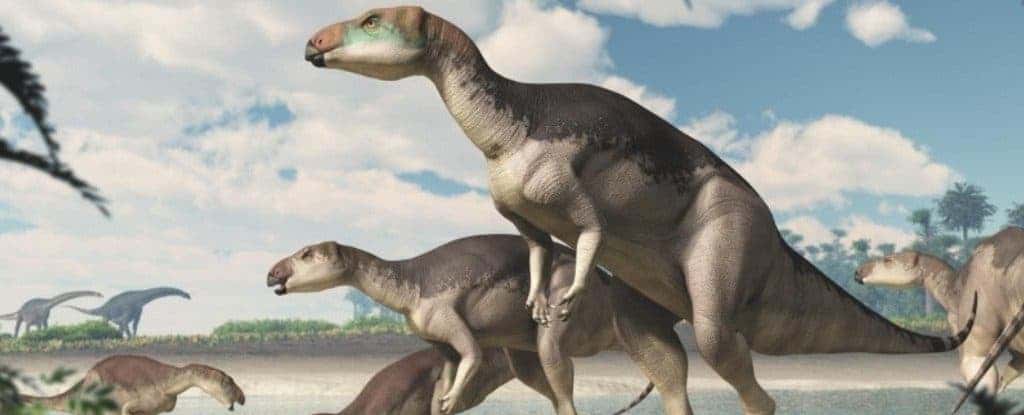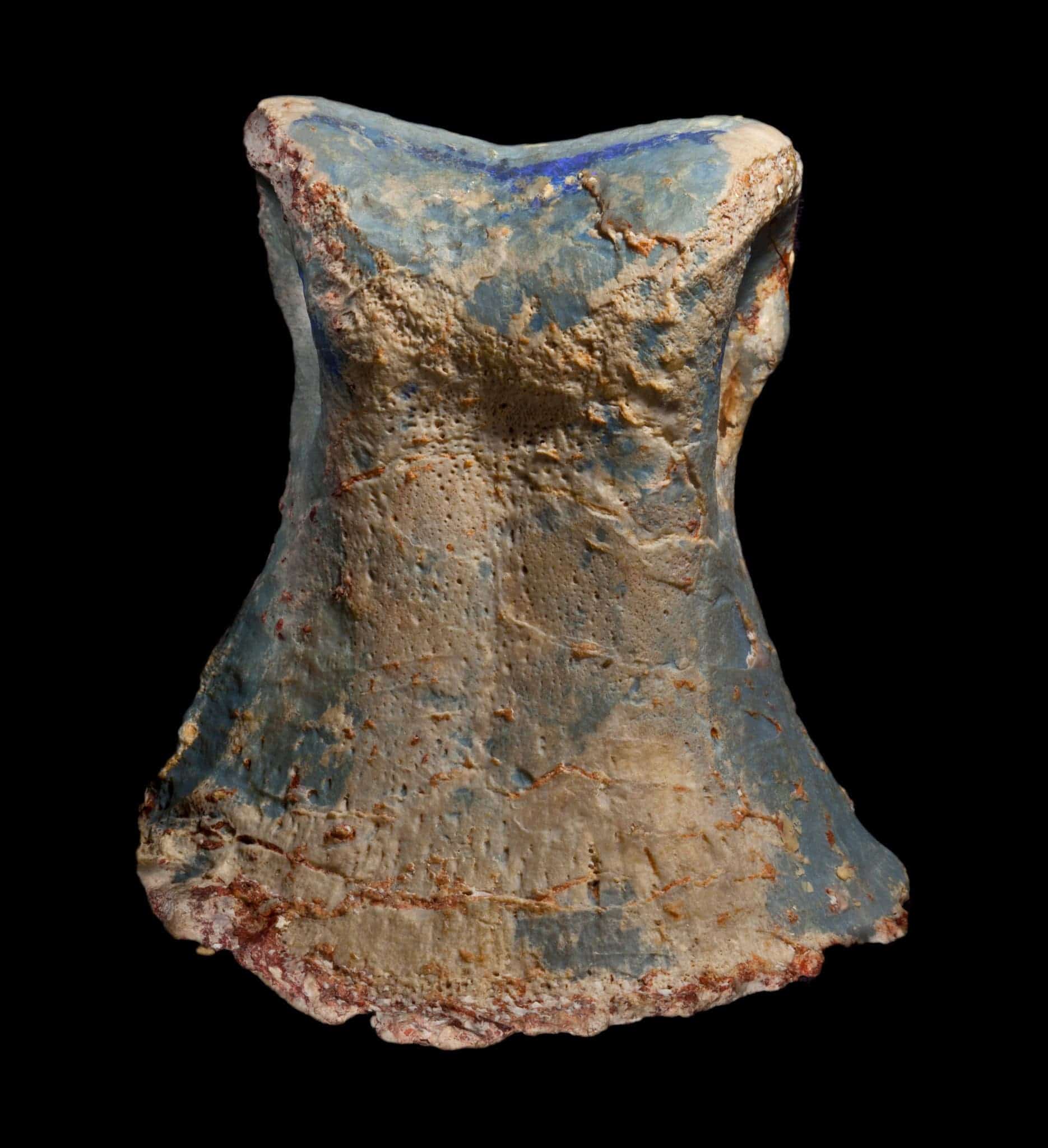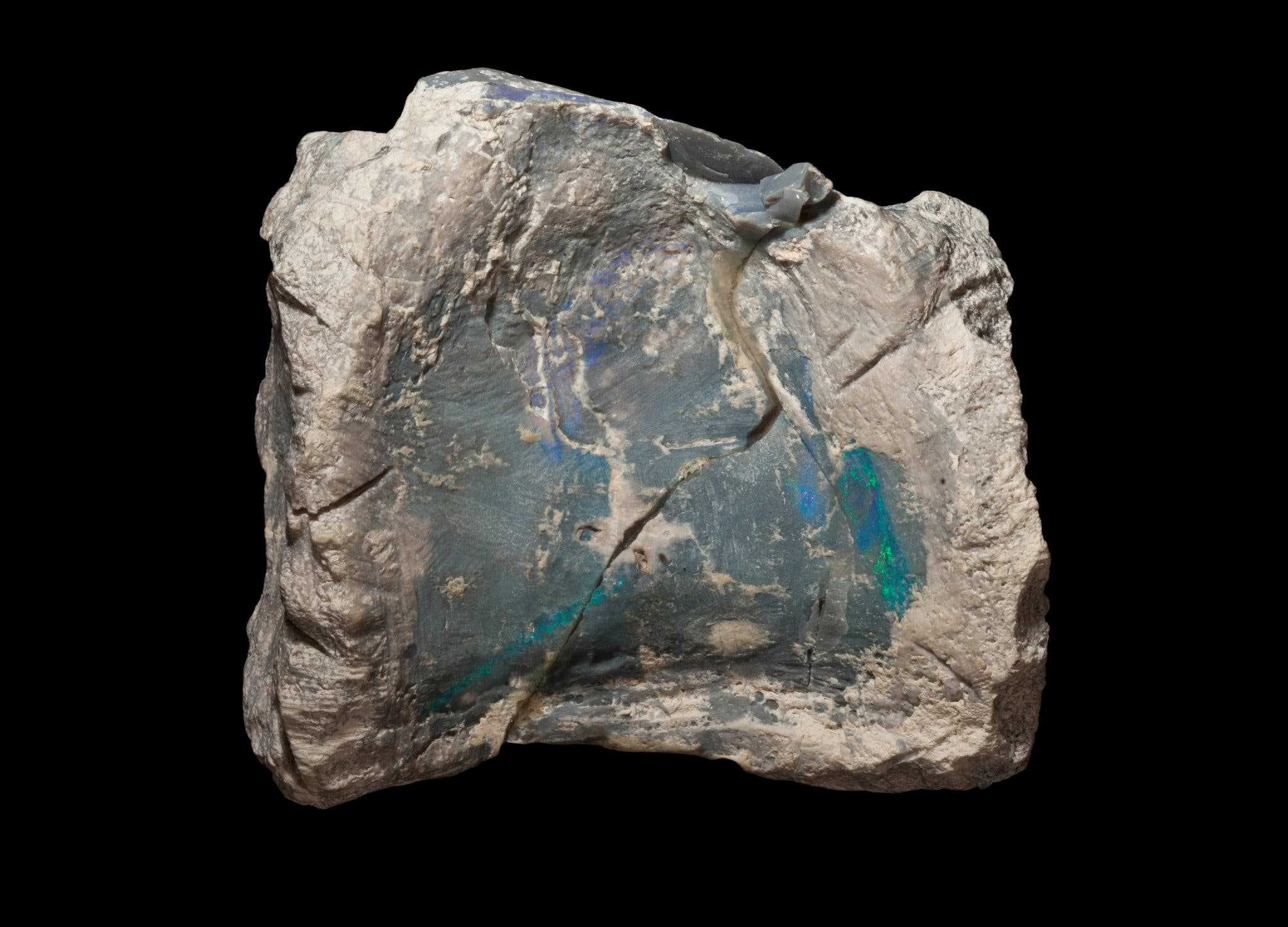
Sometimes, the most interesting treasures are hidden in plain sight. Recently, researchers realized that a collection of fossils from Australia, which have been understudied for 35 years, actually belong to a new dinosaur species. The remains include four individuals, signifying the first time a dinosaur herd has been unearthed in Australia as well as the most complete opalized dinosaur skeleton in the world.
Dino bling
The glittering fossils preserved in opal were first discovered in 1984 by Bob Foster, an Australian miner. Although he was annoyed by the fact that he had found bones in his opals, Foster still made a long 800-km trip to the Australian Museum in Sydney with two suitcases filled with opal fossils. But, for some reason, the specimens that Foster donated to the museum never received the attention they deserved — until recently.

Finally, researchers at the University of New England in Armidale published a new study showing that the remains represent the biggest collection of dinosaur fossils preserved in opal. The mid-Cretaceous creatures belonged to a new species of dinosaur named Fostoria dhimbangunmal, in honor of the diligent miner who discovered the fossils.
According to paleontologists, the opal-encrusted fossils found at Lighting Ridge, a town about 450 miles (725 km) inland from Australia’s eastern coast, must belong to at least four different individuals. Two of them were up to 5 meters in length (16 feet), one was mid-sized, and another was a small juvenile. An unfused mid-caudal neural arch (a vertebra) suggests that the smaller animal had not yet reached skeletal maturity.
“We initially assumed it was a single skeleton, but when I started looking at some of the bones, I realized that we had four scapulae (shoulder blades) all from different sized animals,” said Phil Bell, lead researcher on the study. “Fostoria has given us the most complete opalized dinosaur skeleton in the world. For opalized dinosaurs we generally have only a single bone or tooth or in rare instances, a few bones. To recover dozens of bones from the one skeleton is a first.”

How the fossils became encased in opal is another interesting story. Australia was once home to an inland sea, but 100 million years ago it started disappearing. In the process, sandstone near Lightning Ridge started to dry and increase in acidity, releasing silica which eventually slowly hardened into opal inside the gaps left by the dinosaur remains.
Previously, the Bell and colleagues discovered a new small plant-eating dinosaur also from Lightning Ridge, Weewarrasaurus pobeni.
“The rate of discovery is astounding. On average, there’s at least one new dinosaur discovered around the world every week,” Dr. Bell said. “With more palaeontologists and scientists looking further afield than ever before, it’s an exciting time for dinosaur lovers everywhere, especially in Australia.”
The findings appeared in the Journal of Vertebrate Paleontology.


